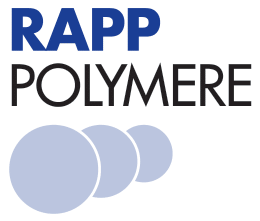Polystyrene AM PAL
€ 368,00*
H10022.5G
Product information
In this resin the acid sensitive 5-(4-aminomethyl-3,5-dimethoxy-phenoxy) valeric acid linker is attached to aminomethylated polystyrene.
After completion of the peptide synthesis treatment with 95% TFA liberates the desired peptide amide. Comparison studies have shown that the acid sensitivity of the PAL linker is approximately twice compared to Rink resin.
Literature
L 61 PAL Resins
- Albericio, F.; Barany, G. An Acid-Labile Anchoring Linkage for Solid-Phase Synthesis of C-Terminal Peptide Amides under Mild Conditions. Int. J. Pept. Protein Res. 1987, 30 (2), 206-216. doi: 10.1111/j.1399-3011.1987.tb03328.x.
- Bernatowicz, M. S.; Daniels, S. B.; Köster, H. A Comparison of Acid Labile Linkage Agents for the Synthesis of Peptide C-Terminal Amides. Tetrahedron Lett. 1989, 30 (35), 4645-4648. doi: 10.1016/s0040-4039(01)80764-4.
- Albericio, F.; Kneib-Cordonier, N.; Biancalana, S.; Gera, L.; Masada, R. I.; Hudson, D.; Barany, G. Preparation and application of the 5-(4-(9-fluorenylmethyloxycarbonyl) aminomethyl-3, 5-dimethoxyphenoxy)-valeric acid (PAL) handle for the solid-phase synthesis of C-terminal peptide amides under mild conditions. The Journal of organic chemistry, 1990, 55(12), 3730-3743. doi: 10.1021/jo00299a011.
- Songster, M. F.; Vágner, J.; Barany, G. Acid-labile handles for Fmoc solid-phase synthesis of peptide N-alkylamides. Letters in Peptide Science, 1996, 2(5), 265-270. doi: 10.1007/BF00142237.

